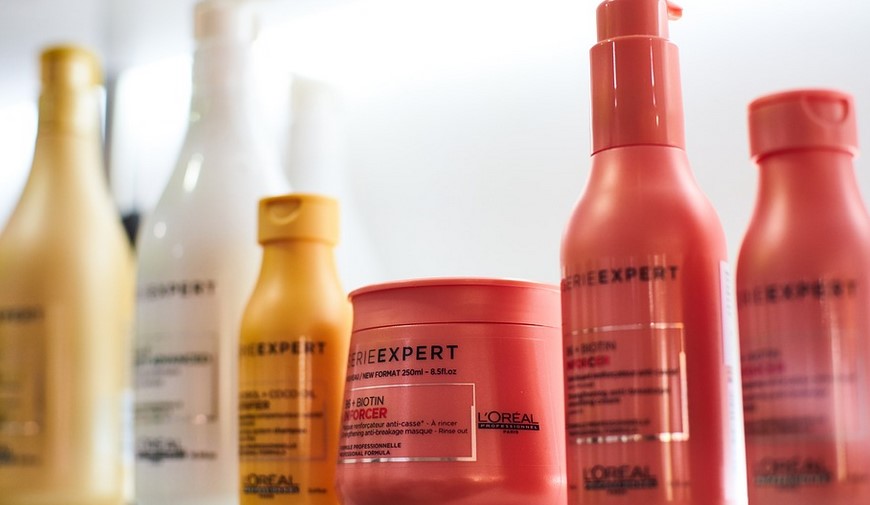Introduction
Leather is one of the most versatile materials available, and it is used in various applications ranging from clothing to furniture. One of the essential aspects of working with leather is finding a high-quality adhesive that can bond the material to other surfaces. Heat activated adhesive for leather is a popular option that has gained traction in recent years. In this guide, we’ll explore the benefits of heat activated adhesive, how it works, and the best practices for using it.
What is Heat Activated Adhesive for Leather?
Heat activated adhesive is a type of glue that requires heat to activate the adhesive properties. This type of adhesive is commonly used in leatherworking, where it is necessary to bond leather to other surfaces. Heat activated adhesive is often preferred over traditional adhesives because it creates a stronger bond and is more durable.
How Does Heat Activated Adhesive Work?
Heat activated adhesive works by melting the adhesive when exposed to heat. This heat causes the adhesive to become tacky, allowing it to bond to the surface. Once the adhesive cools, it solidifies and creates a strong bond. The heat activation process makes it possible to create a bond that is stronger than traditional adhesives.
Advantages of Using Heat Activated Adhesive for Leather
There are several advantages to using heat activated adhesive for leather. One of the most significant advantages is that it creates a stronger bond than traditional adhesives. Heat activated adhesive is also more durable, making it ideal for applications where the bonded surfaces will be subjected to wear and tear. Additionally, heat activated adhesive is more resistant to moisture and humidity, ensuring that the bond remains intact even in harsh conditions.
Best Practices for Using Heat Activated Adhesive for Leather
When using heat activated adhesive for leather, it is essential to follow best practices to ensure that the bond is strong and durable. First, it is crucial to choose the right adhesive for the job. Different adhesives have different properties and are better suited for specific applications. Secondly, it is essential to ensure that the surfaces to be bonded are clean and free of any dirt or debris. Finally, it is vital to apply the adhesive evenly and use the appropriate amount to create a strong bond.
Applications of Heat Activated Adhesive for Leather
Heat activated adhesive is used in various applications in the leather industry. It is commonly used in the creation of leather goods such as bags, shoes, and belts. It is also used in the automotive industry to bond leather to car interiors. Additionally, heat activated adhesive is used in furniture upholstery to bond leather to the frame of the furniture.
Conclusion
Heat activated adhesive for leather is a popular option that offers several advantages over traditional adhesives. It creates a stronger and more durable bond, making it ideal for applications where the bonded surfaces will be subjected to wear and tear. By following best practices, it is possible to create a bond that will last for years to come.
Sources:
https://www.thistothat.com/cgi-bin/glue.cgi?lang=en&this=Leather&that=Leather
https://www.hotmelt.com/blogs/blog/heat-activated-adhesives-vs-thermoplastic-adhesives-whats-the-difference
https://www.3m.com/3M/en_US/bonding-and-assembly-us/resources/heat-activated-adhesives/

